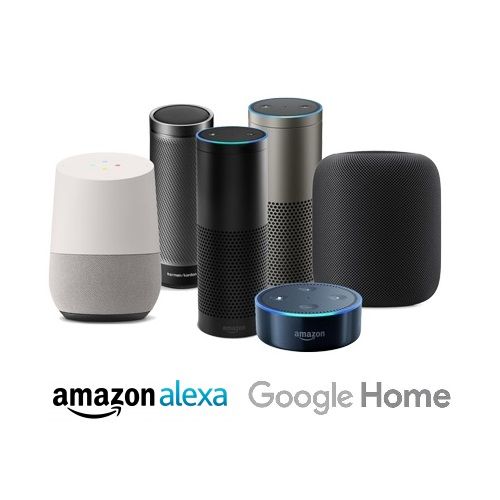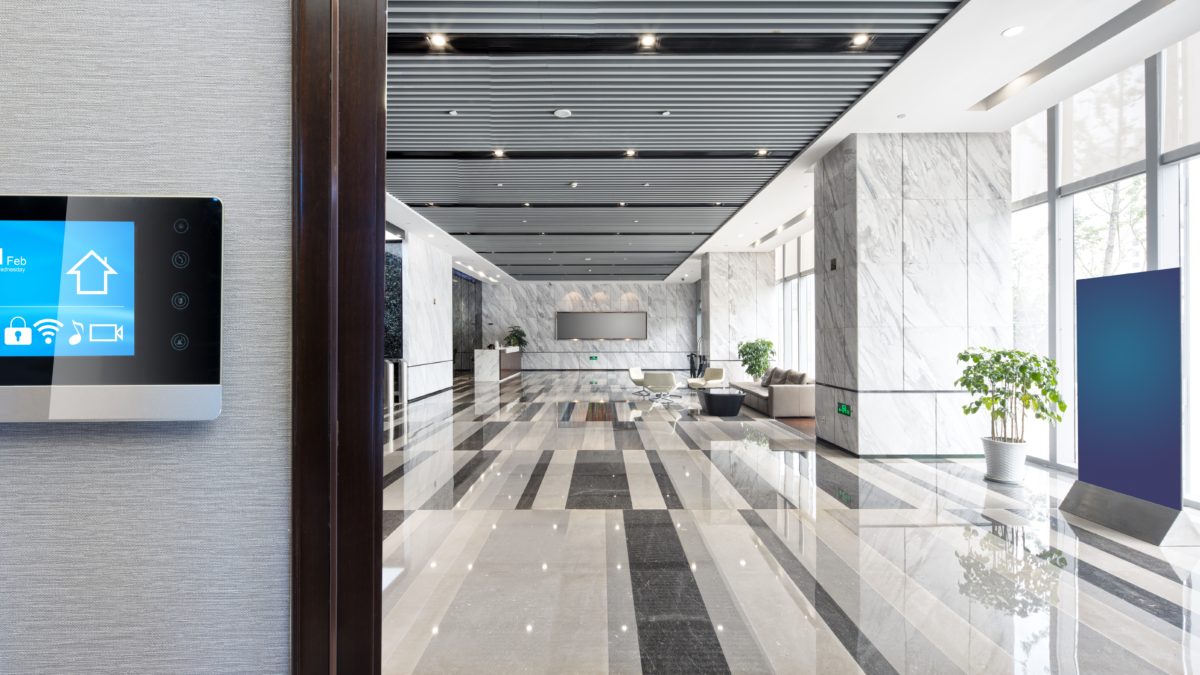A snapshot of Smart Lighting 2020 trends & drivers
2020 marks the turn of a decade in which our industry has seen unrivalled growth in LED lighting sales with smart lighting being one of the most disruptive technologies over the past five years. Across Europe, North America and the rest of the world, market trends such as Smart Homes, Smart Cities and Smart Wireless Controls saw a staggering 17.6% increase in product development. This allowed for the smart lighting industry to rank as the fastest growing market in the Asia-Pacific with an annual growth rate of 21.4%, quickly followed by Europe, which now has a 35% market share in the smart lighting industry.
The rising integration of smart lighting in commercial, infrastructural, automobile and industrial sectors and the continued development of novel smart features bring us a promising prospect for the next decade. So what can we expect?
Hardware is Key
Hardware is and will remain leading in the smart lighting component landscape in 2020. Holding a current 80% market share. Though we don’t always welcome EU regulations, recent government initiatives under the Eco-Design Law promote the use of energy-efficient lamps and encourages the development of smart hardware components and thus product sales throughout the continent. The hardware behind LED smart bulbs and matching smart lighting solutions is exactly what fits the energy efficiency bill. A trend which will see an increase in large scale city development initiatives and investments with further accelerating the adoption of smart lighting in urban areas which are estimated to be 60% of the world’s energy consumers (19% on lighting alone).
Costs & Application
The high cost of smart lighting solutions as compared to traditional lighting alternatives has been acting as a major constraint in the smart lighting market growth but market trends show that smart technologies are becoming more available and more trusted by the end user. Meaning we are already starting to see an increase in both industry interest and providers. This will form the basis for the development of more approachably priced smart lighting, allowing for a larger customer base to access the market.
Wired to wireless
Wired technology today represents about 70% of the smart lighting industry today. The continues growth of the wired smart lighting market is attributed to the increasing adoption of wired communication technology in the outdoor and commercial lighting spaces. The robust nature of the wired technology along with high reliability and control over the lighting solutions makes it an ideal solution for such lighting applications. The large-scale adoption of the PLC technology in the outdoor lighting application and DALI in indoor lighting application also helps the market to grow. As for wireless, we’re expecting a 21% growth between 2020 and 2025 in this sector, driven by the growing adoption of wireless connectivity for lighting applications. Wireless technology also offers multiple benefits as compared to the traditional wired technology including flexibility, cost-efficiency, easy-to-install and usability conveniences and security enhancements which will greatly increase its popularity in the commercial and residential lighting space.
New Applications
Indoor smart lighting and smart bulbs is where the smart industry once started but we have come a long way since then. Smart indoor lighting currently dominates 75% of all smart lighting applications. There is however a fast-growing market demand for outdoor smart lighting in both residential and commercial sectors. From light-field sensing to using sunlight to optimise light output, outdoor smart lighting has been predicted to grow by 15 to 20% in the UK alone by 2025.
UK leading the way
Though the APAC region is predicted to be the fastest growing market in smart lighting between 2020 and 2025 with an estimated 200 million smart homes to be built in China alone during this period. The UK remains a major industry driver in Europe having seen a 44% market growth in the lighting industry over the past decade with an additional annual growth of 5% predicted year on year till 2022. The UK smart lighting industry offers increased scope for growth as smart technology continues to advance and users are becoming used to no longer treating lamps as throw-away products.
As prices fall and the awareness of smart lighting benefits increase throughout the market, the UK smart lighting industry can buy into a longer product lifecycle of bulbs and luminaires. Where customer views shift away from seeing lighting as necessity goods, we can start to sell them as integrated lifestyle products, supporting the UK luminaire sector and its long-term sustainability.

Sources: https://www.gminsights.com/methodology/detail/smart-lighting-market https://www.marketsandmarkets.com/Market-Reports/smart-lighting-market-985.html https://www.strategyr.com/MarketResearch/Smart_Lighting_Fixtures_Controls_Market_Trends.asp https://www.lifehack.org/524925/smart-lighting-industry-estimates-growth-billions-2020 https://www.amaresearch.co.uk/report/lighting-led-2018/
Related posts
Easy Read!
Good as Gold: Tips for introducing Golden Lighting into your home
Here at National Lighting, it’s always golden hour! Read our tips for introducing Gold Lighting in your home.



Stay Connected